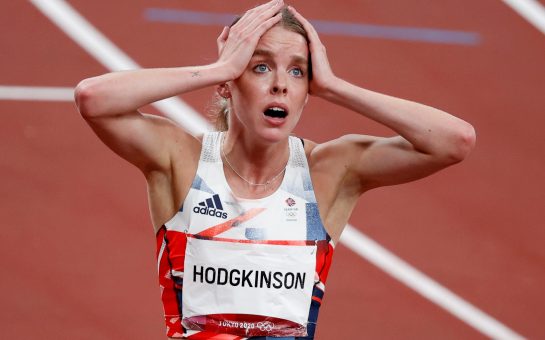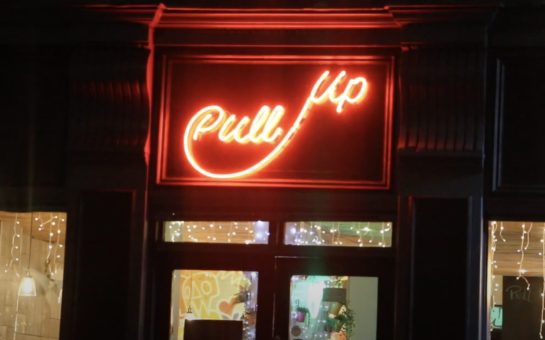Since David Cameron called for an ‘internet crackdown’ two years ago, 4.5million child porn and abuse images have been seized by police in 100 criminal cases taken to court, an NSPCC sample of records has revealed.
Those convicted came from all walks of life but one in three held positions of trust, or had roles that gave them access to children, including a college welfare officer from Greater Manchester.
Also convicted of possession of child pornography were doctors, teachers, Scout leaders, clergymen, police officers, a magician, and a Santa Claus.
Despite the Prime Minister’s promise to ‘obliterate’ child abuse images from the internet, sex offenders are finding new ways to access the trade and being convicted at a rate of two a day.
Claire Lilley, Head of Child Safety Online for the NSPCC, said: “The scale of the problem is shocking and even more so because of the number of people who hold positions of trust in our communities.
“This is just a fragment of the hundreds of other similar convictions during the same time.”
The NSPCC’s sample included 101 offenders, including a father and son, and a teenager who confessed to viewing such pictures from the age of twelve.
Only two of those convicted were women.
The snapshot also included a football coach, and a councillor who was convicted of possessing and distributing indecent images of children, and inciting and attempting to incite children to engage in sexual activity.
This news comes just a month after a Freedom of Information request by MM to the NSPCC revealed a ‘deeply worrying trend’ as 915 arrests were made for possession of child pornography in Greater Manchester alone over the period 2010-2014.
At that time an NSPCC spokesperson said that of those convicted for having child abuse images, more than a quarter were convicted of other sexual crimes, including grooming, voyeurism, and indecent assault and one in six already had criminal records for similar offences.
The spokesperson told MM: “From our own research we know that one in three of those convicted of possessing indecent images have also committed other serious sex offences against children,” an NSPCC spokesperson told MM.
“What’s important is that whether convicted or cautioned, offenders are put on the sex offenders register, are always considered a risk to children and are closely monitored.
“It’s therefore vital these people are identified and brought to the attention of the authorities.”
Court cases have also revealed how offenders were devising new ways to share abuse, including live streaming the assault and rape of youngsters.
Six out of ten were sent to prison. Others were given community orders or told to do unpaid work.
During his keynote speech in July 2013 Mr Cameron promised law enforcement agencies would be given more powers and challenged search engines to stamp out the vile images that were hidden ‘in the darkest corners of the internet’.
But despite the positive steps taken, an NSPCC analysis of national and local reports shows there have been at least 1000 court cases involving offenders with abuse images, which frequently show children being assaulted and raped.
Ms Lilley said: “It is a myth that there is no harm in just looking at these images. Defenceless babies and children are being molested to feed the appetite of offenders, and that demand is just not going away.
“The Prime Minister made a bold attempt to tackle this problem, but it is clear that, two years after he called for a crackdown, the scale of the problem is proving to be massive.
“We need urgent action to prevent this horrendous abuse from appearing online.”
The NSPCC estimate that the number of cases reaching court are just a fraction of the overall level of offending with around 50,000 people in the UK thought to be making and sharing the shocking images.
A recent report by Her Majesty’s Inspectorate of Constabulary showed that over half of investigations into online child abuse are inadequate.
“Viewing these appalling images creates a market for them which puts more children at risk as the demand increases,” the spokesperson added.
“To tackle this problem, we need a solution that cuts this material off at the source.”
Image courtesy of John.E.Robertson, with thanks.



